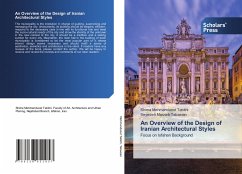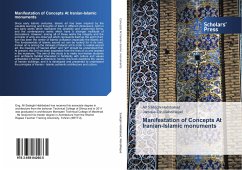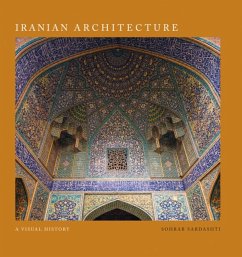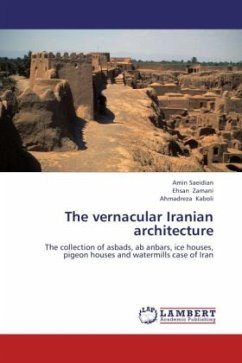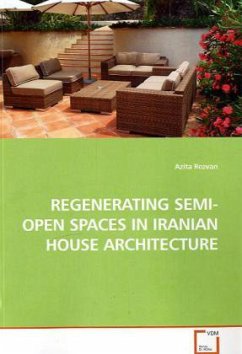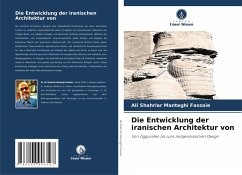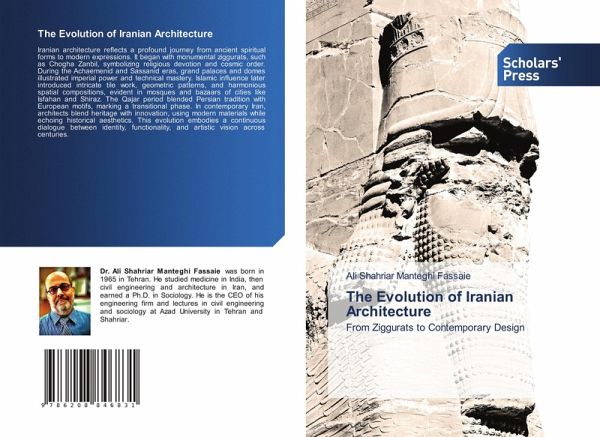
The Evolution of Iranian Architecture
From Ziggurats to Contemporary Design
Versandkostenfrei!
Versandfertig in 6-10 Tagen
43,99 €
inkl. MwSt.

PAYBACK Punkte
22 °P sammeln!
Iranian architecture reflects a profound journey from ancient spiritual forms to modern expressions. It began with monumental ziggurats, such as Chogha Zanbil, symbolizing religious devotion and cosmic order. During the Achaemenid and Sassanid eras, grand palaces and domes illustrated imperial power and technical mastery. Islamic influence later introduced intricate tile work, geometric patterns, and harmonious spatial compositions, evident in mosques and bazaars of cities like Isfahan and Shiraz. The Qajar period blended Persian tradition with European motifs, marking a transitional phase. In...
Iranian architecture reflects a profound journey from ancient spiritual forms to modern expressions. It began with monumental ziggurats, such as Chogha Zanbil, symbolizing religious devotion and cosmic order. During the Achaemenid and Sassanid eras, grand palaces and domes illustrated imperial power and technical mastery. Islamic influence later introduced intricate tile work, geometric patterns, and harmonious spatial compositions, evident in mosques and bazaars of cities like Isfahan and Shiraz. The Qajar period blended Persian tradition with European motifs, marking a transitional phase. In contemporary Iran, architects blend heritage with innovation, using modern materials while echoing historical aesthetics. This evolution embodies a continuous dialogue between identity, functionality, and artistic vision across centuries.



